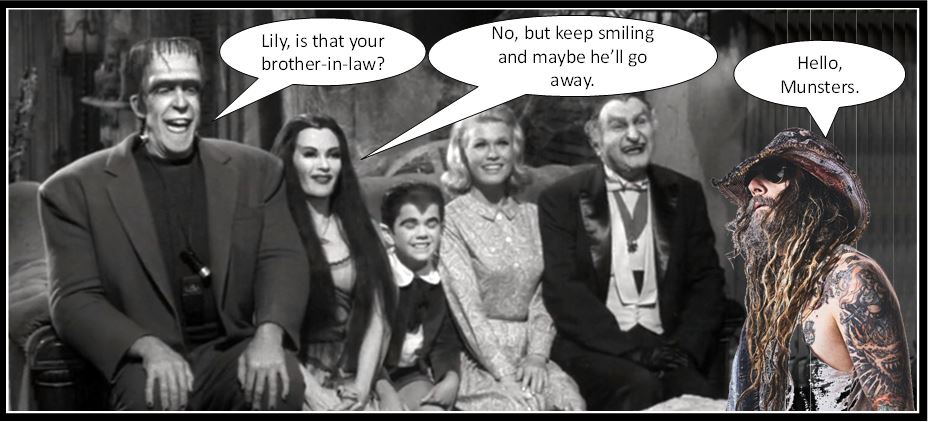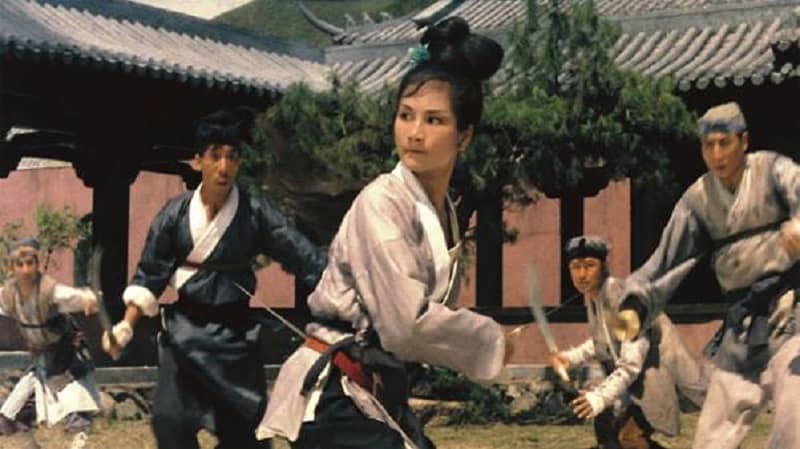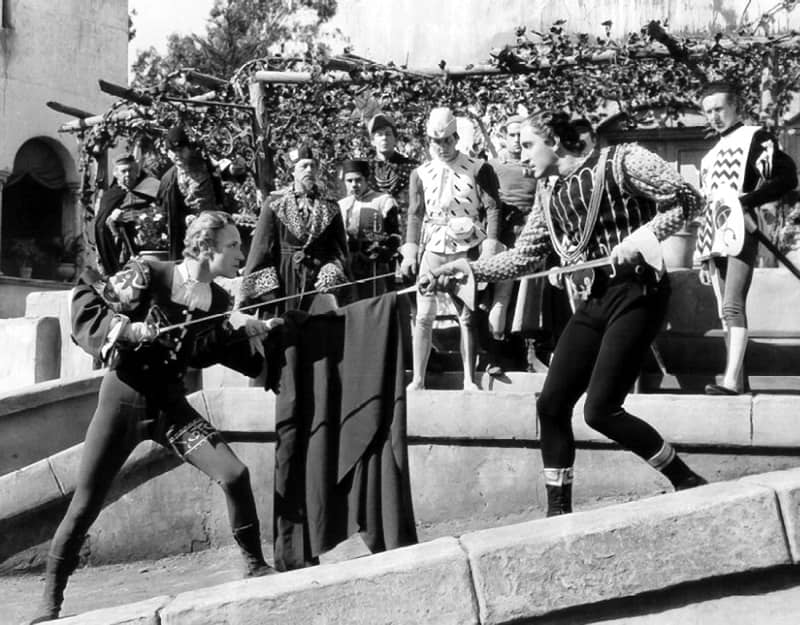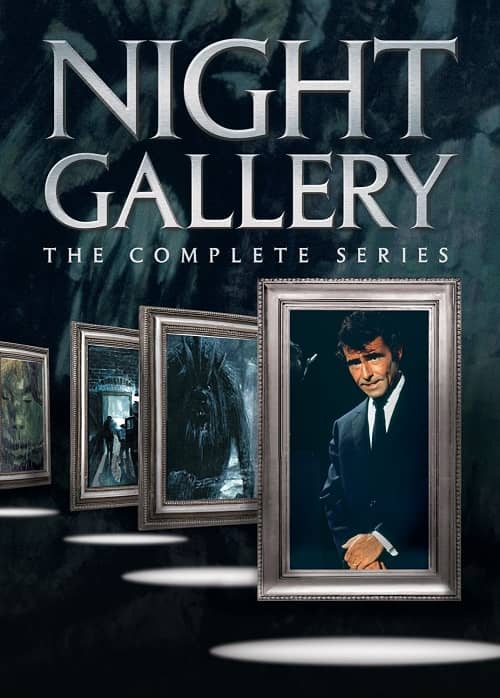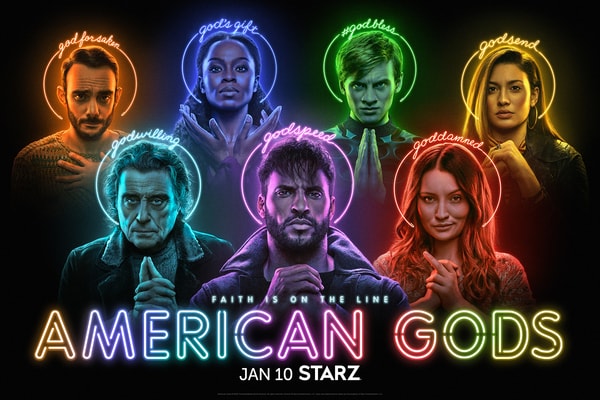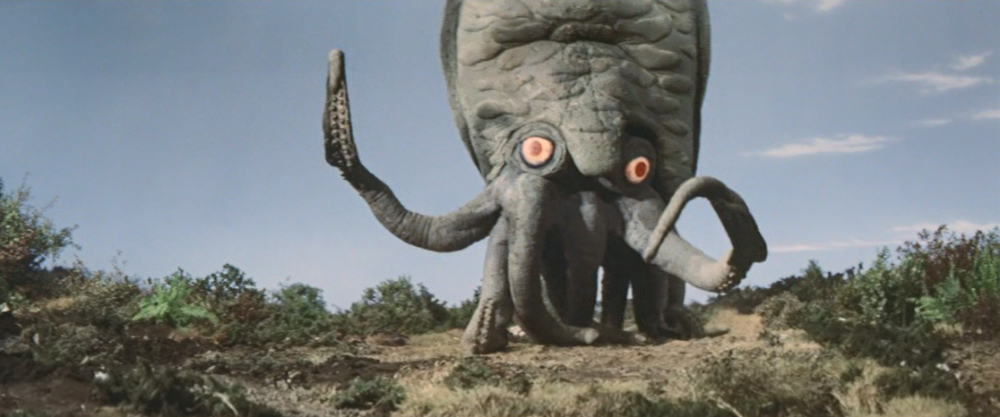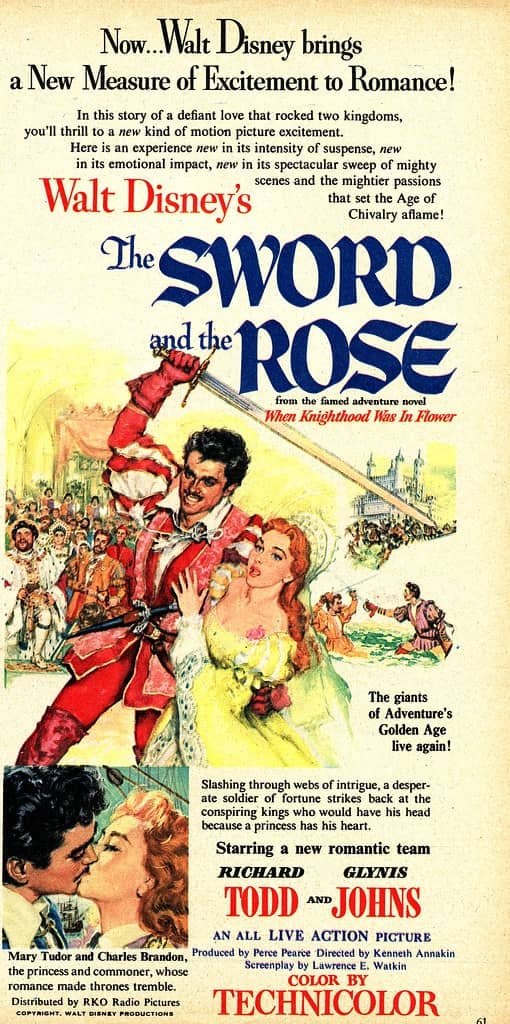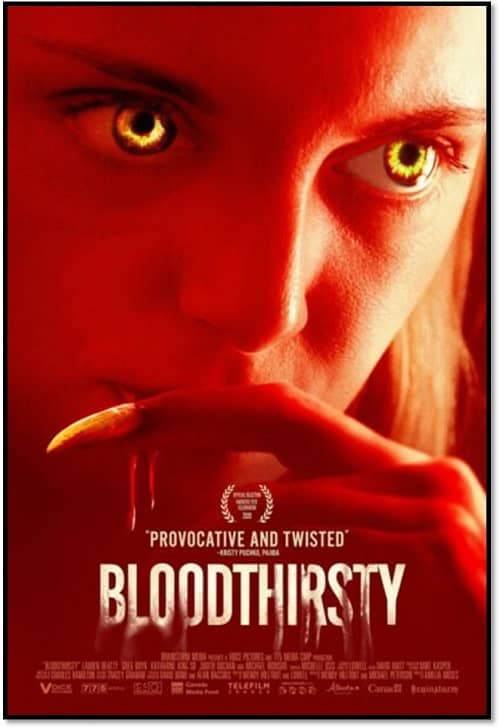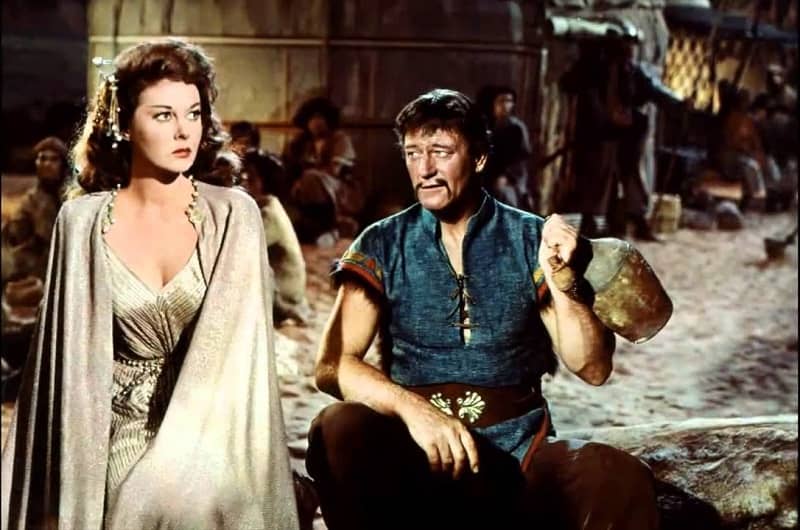Goth Chick News: Zombie Takes on The Munsters
I’m not sure how I feel about this.
Normally there are always mixed feelings when a beloved sitcom heads to the big screen. Will a movie with high production values ruin the original charm? Will what seemed incredibly entertaining on the small screen, come off as cheesy on the big one? And maybe most importantly, what actors could possibly do justice to the characters we grew up with?
And honestly, the results here are extremely mixed. On the positive end of the spectrum, you have the 1964 show The Addams Family, whose movie iterations (1991 & 1995) were very artfully translated, charm intact, from the source material. In the middle you have shows like Lost in Space (1965) and Star Trek (1966) whose big screen iterations were fun, if a bit uneven. But then you have the complete “OMG why???” examples such as Dark Shadows (1966), whose 2012 remake was a hot mess, at least in my opinion.
But this week we learned about a new film adaptation of The Munsters (1964) that comes with a whole lot of mixed emotions. On the one hand, this does seem long overdue. There was a Munsters movie back in 1966 starring the original cast, which was released directly following the cancellation of the TV show. And though there have been three other revivals of the characters, with the last one being in 1996, all were made for television. So, it seems like the time had come to see The Munsters get the Hollywood treatment.
